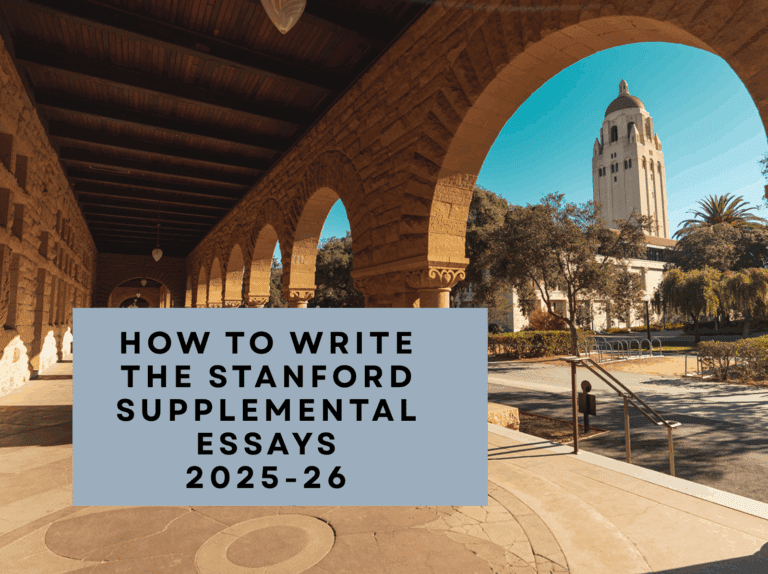Early Application Decisions—Emerging Trends
The wait ended earlier for many students who had submitted their applications in the Early Decision 1 and Early Application rounds. The students who received their acceptance news to their ED (binding) colleges had to withdraw from the other colleges and complete their admission formalities. Meanwhile, students admitted through Early Action (non-binding) would still be applying to a few colleges in the Regular Decision, knowing that they at least have a few acceptances under their belt.
A notable trend in the 2024-25 early admission cycle is the reluctance of many colleges to release detailed data. While some institutions remain transparent, others, including Harvard, UPenn, Princeton, and Cornell, have opted to withhold their early admission statistics until the end of the season. Due to a paucity of information, students are turning to admission trends at other highly ranked schools to glean a sense of understanding about the admission landscape.
Reinstatement of standardized tests and its impact on application numbers
With standardized tests being reinstated, Yale reported a decline of applications by 14%, which they anticipated. Yale requires all first-year and transfer applicants to submit standardized test scores. Applicants choose which scores to include from four options: ACT, Advanced Placement (AP), International Baccalaureate (IB), and SAT. This flexibility benefits students and empowers them to submit scores that best complement the other academic information in their application. Brown University received 1200 fewer applications, and Brown’s Associate Provost for Enrollment and Dean of Admission Logan Powell wrote in a press release that he expected this since their admissions policy changed to requiring test scores being submitted. In contrast, Dartmouth received 3,550 applications for early decision, marking the College’s sixth early record pool since 2017.
Application numbers in test-optional colleges
Some schools that have continued to remain test optional have received more applications.
Emory received 21% more applications (3,311) and accepted 995 students. Duke admitted 849 students to the Class of 2029 from the 6,627 applications received, making it a record acceptance number in their ED cycle in its history. Their application figure was 6% higher as compared to last year, and the acceptance rate was 12.9% as against 12.8% of 2023-24. UPenn received a historic 9,500 applications, which was 1,000 more than last year’s early admissions cycle. Though UPenn did not release their acceptance rate, The Daily Pennsylvanian reported that half of the incoming Class of 2029 was admitted in the early application round. Columbia similarly chose to maintain a test-optional policy and received 2.28% fewer applications—5,872, down from 6,009.
While we await more clarity about the numbers, in the meantime, what we can glean from the existing information is that academic prowess remains a focal point. Though colleges look at students holistically, Dartmouth confirmed that “95% of those offered early admission had an SAT or ACT score at or above the 75th percentile of test-takers at their high school.” Barnard too announced “that 96 percent of admitted students ranked in the top 10 percent of their high school class, while 18 percent are first-generation college students, a one percentage point increase from last year and a six percentage point increase from two years ago.”
Conclusion
The early application trends for 2024-25 bring to the fore the changing landscape of college applications. Each year there are bound to be variations in the application numbers. But what remains constant is colleges continuing to admit high-achieving students. Evaluating the application holistically, academic excellence remains at the core of the decision to admit, defer, or refuse students. Each year’s admission figures are an indicator of the heightened level of competition, and students must be prepared to adapt to these requirements. As the cycle progresses, these emerging trends will undoubtedly shape the expectations and strategies of future applicants.
Northwestern University Class of 2029- Early Decision Statistics









